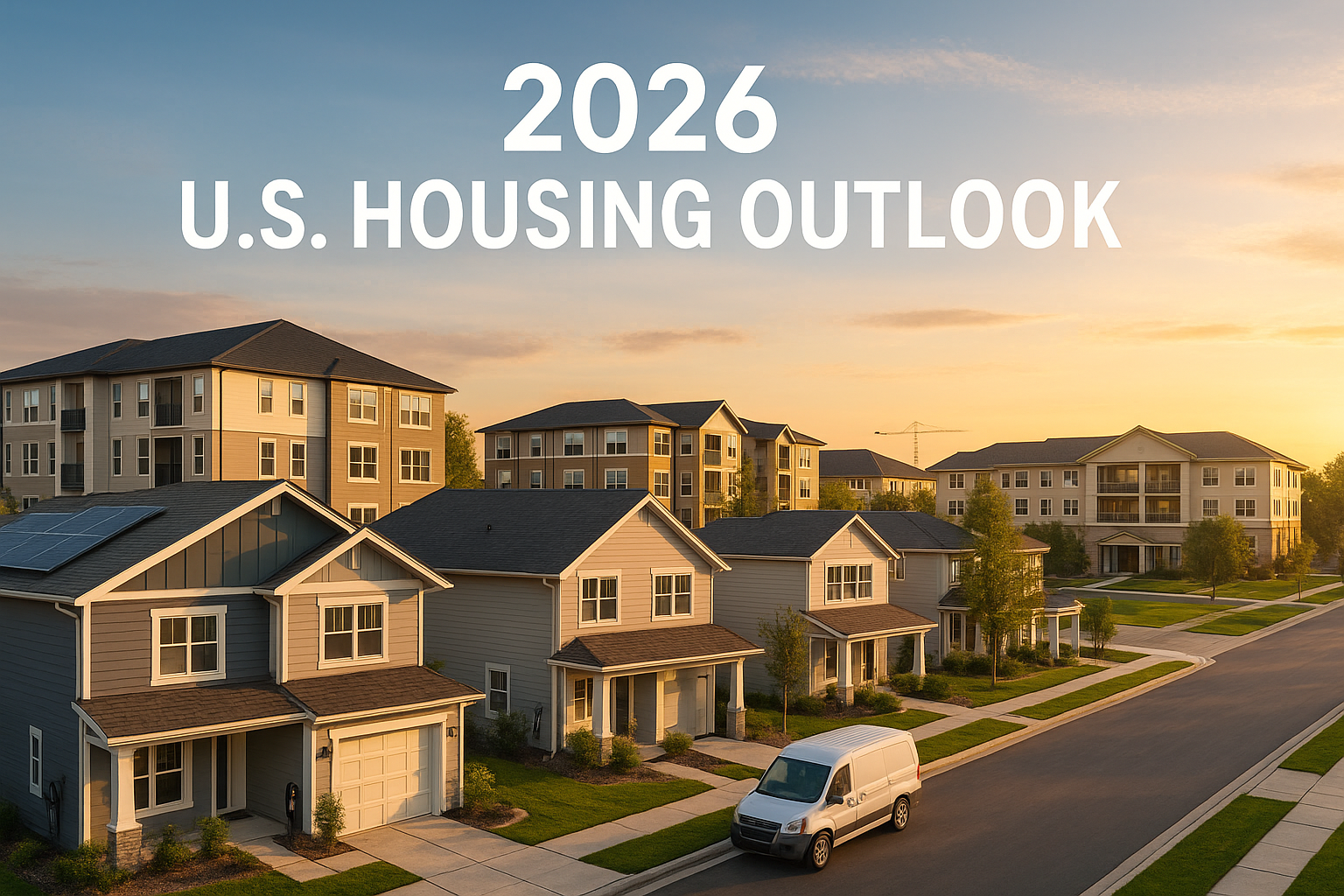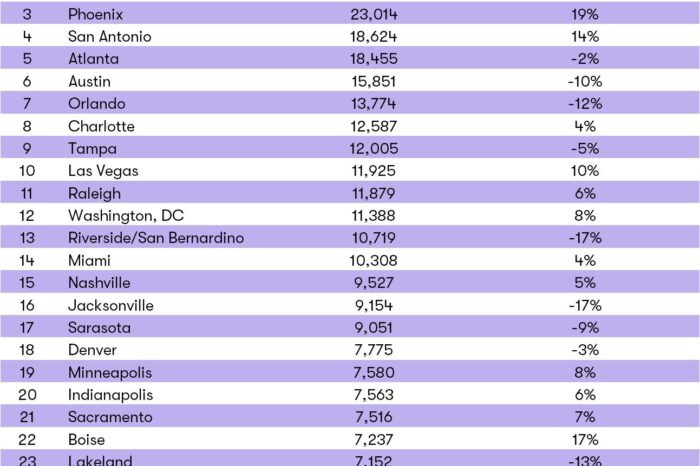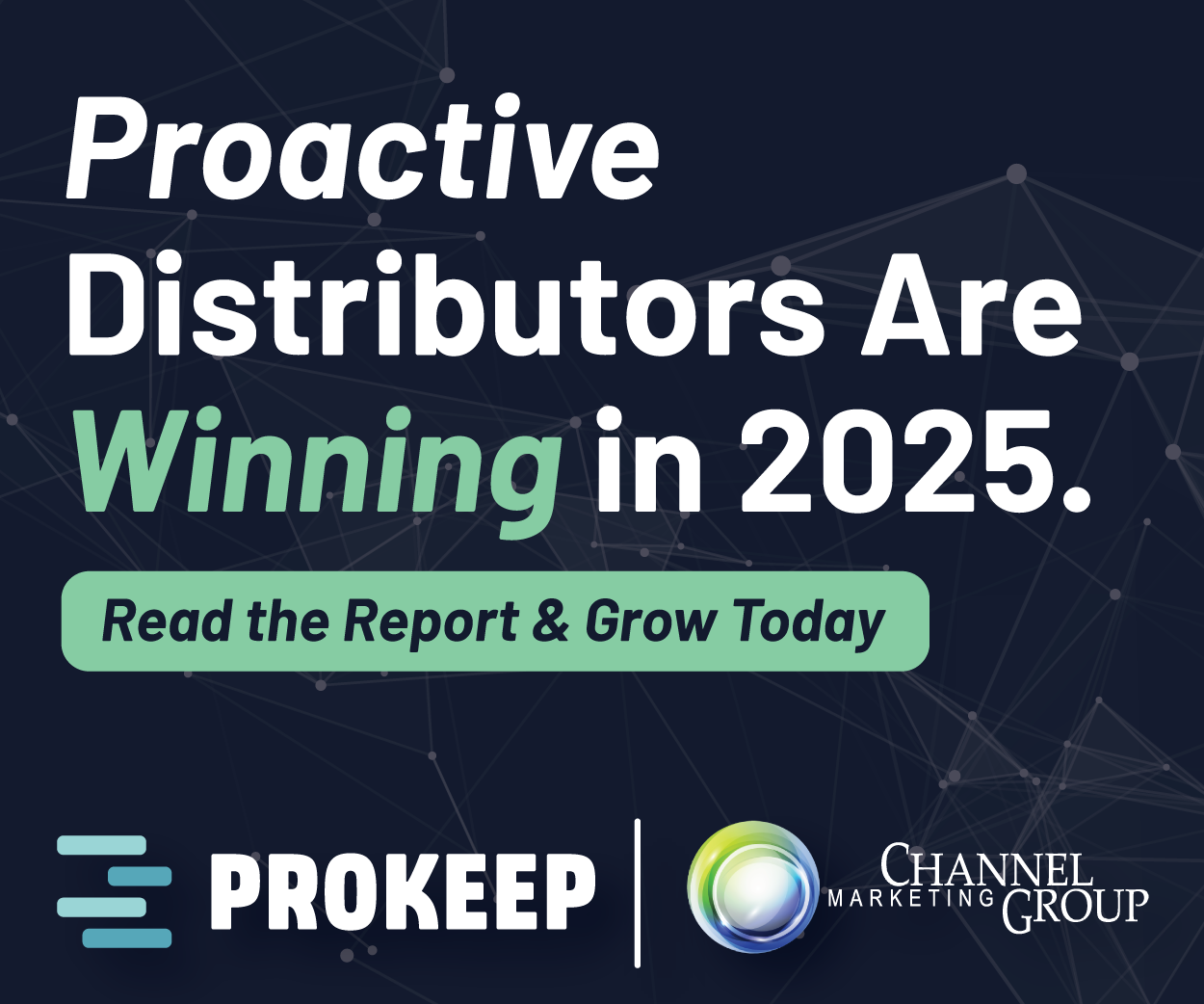2026 Housing Outlook & Electrical Opportunities
 While the electrical market is the poster-child for the phrase “every market is a local market”, it helps to have a macro frame of reference to guide you in what to look for. In the housing industry, there are two sources that help guide the way – Ali Wolf, the Chief Economist for Zonda who shares her insights in Builder magazine and John Burns Research and Consulting, which recently shared their 2026 Housing Market Outlook.
While the electrical market is the poster-child for the phrase “every market is a local market”, it helps to have a macro frame of reference to guide you in what to look for. In the housing industry, there are two sources that help guide the way – Ali Wolf, the Chief Economist for Zonda who shares her insights in Builder magazine and John Burns Research and Consulting, which recently shared their 2026 Housing Market Outlook.
According to Ali in a posting on LinkedIn, “Our base case calls for ‘more of the same’ in 2026 compared to 2025.” And her outlook is in an article on Builder.
According to its newsletter, John Burns shared some of the key takeaways from its findings. I added some potential insights (italicized) for manufacturers and distributors under each takeaway … and let’s talk if you’d like to dive deeper into our ideas in each area:
- “Shift your target customer: Strong population growth among 40–55-year-olds and those aged 70+ means we need to build more homes for these demographics, a pivot from the concentration on first-time and active adult buyers. Young adults forming households later has created pent-up demand for rentals. Expect many people to move from high-cost to lower-cost markets that fit affordability and lifestyle priorities.
- Distributors – what are the demographics in your coverage area? What type of housing is currently there where renovation / remodeling opportunities are being made … or could be made given the newer technology enabling needs that would be of interest to the demographic? And what is going up new? What are cities / towns investing in. Think of 55+ developments, low-income housing funded by cities, senior living? SFH? Mixed use? Educational housing or students living off campus. If a data center is going up in your area, and it is “remote,” where will the labor come from? Will new housing developments arise on farmland? What training / product information can you share with builders? With remodeling contractors (who may not be good salespeople but who may be able to do some “easy” upsell.
- Manufacturers – are you promoting product or niching down on where your product “could” be used to help guide sales. Are you focused strictly on “moving boxes to distributor shelves” or helping them get the product off their shelf? There are opportunities here for different types of lighting (we know builders are not adding lighting to the initial sell!), wiring devices, lighting controls, home / smart automation, landscape & deck lighting, datacom / wireless, metering (think about the landlord wanting separate meters!) and more.
- Expect diverging interest rates. Short-term rates should fall due to the weak economy. Slower job growth and reduced buyer confidence could hurt housing. Long-term rates, including mortgages, may stay higher for longer due to persistent inflation from tariffs, immigration policy, and tight labor markets. Mortgage rate buydowns have become a drug for homebuyers.
- The rate buy-downs are important. We’ve talked to builders who say lower interest rates don’t help them too much because they are currently buying down to lower rates but … with those lower rates could buyers put in more upgrades (generators? additional lighting? solar?) and build it into the mortgage? Consider developing turn-key upgrade packages that builders, or contractors, could offer. Making it easy for them to sell is key as electrical is one of the least offered upgrade areas for builders.
- Building costs won’t rise much because unused manufacturing capacity and competition will force prices down. Some savings from investments in efficiency will also help offset costs. Building products companies are seeing weak demand in the entry-level and Sunbelt markets, but strong demand in the luxury and custom home space.
- Some builders have said “passing on higher costs is an opportunity to negotiate.” They know that there is lower demand. It’s about how to take share from others. How to help improve installer productivity, perhaps VE the material. Don’t expect tariff-related price increases to be a revenue-driver in the housing market.
- No quick fix in ’26 for the rental market. The rental market enters 2026 with a high supply and softening demand backdrop. Rising interest rates have led to lower valuations, causing many companies to hold onto their rental communities longer than planned and challenging the feasibility of new community development.
- This relates more to the existing inventory but, if landlords cannot get rate increases, identify what they need to do to reduce costs (perhaps a lighting renovation to lower utility costs, especially if it is supported by utility rebates) or could there be some simple, perhaps cosmetic upgrades, that could drive rental income (again, this could be lighting-related.)
- Plenty of capital is available for the right investment. Land entitlement and development currently offer the best risk-adjusted returns, while land banking is competitive and has limited upside. Attractive investment opportunities are emerging in Europe, and financially strong companies are actively looking to acquire others.
- 2025 was the year of megadeals for M&A. We’ve seen 12 consecutive years of 9+ homebuilder transactions. Despite the market slowing, some sellers are unwilling to accept prices that buyers will pay. Some distressed sales are starting to occur. Expect more M&A in 2026.
- Builders who are winning today maintain control over their land, balance sheet, and operations. Long-term planning has paid off, both in self-developing land and in hiring and retaining exceptional talent. For the highest-margin builders, most land deals make sense to finance themselves rather than land banking, as this gives them more control over operations. Tailoring their product to evolving demographics has already captured more demand than others.”
Your local housing market could represent hidden opportunities. If you analyze the market, you may be able to create demand rather than be waiting to serve what is remaining.
If you need help in analyzing your market, reach out to us. Kevin Coleman is a wiz at being able to do the market analysis and dive into the data and together, with understanding your suppliers, we can help craft a plan to create demand you can service, which is better than the proverbial “waiting for the phone to ring” (or contractor to come to the counter.)























